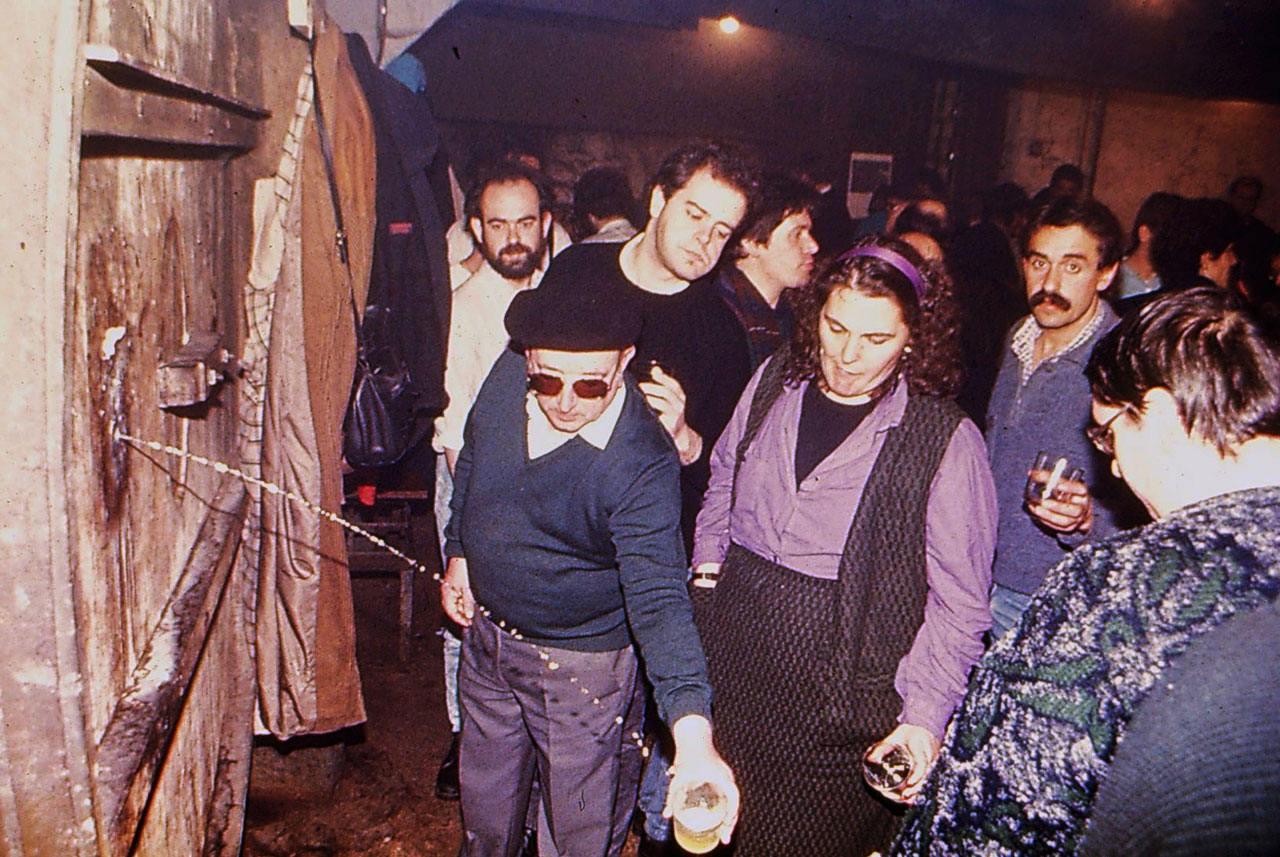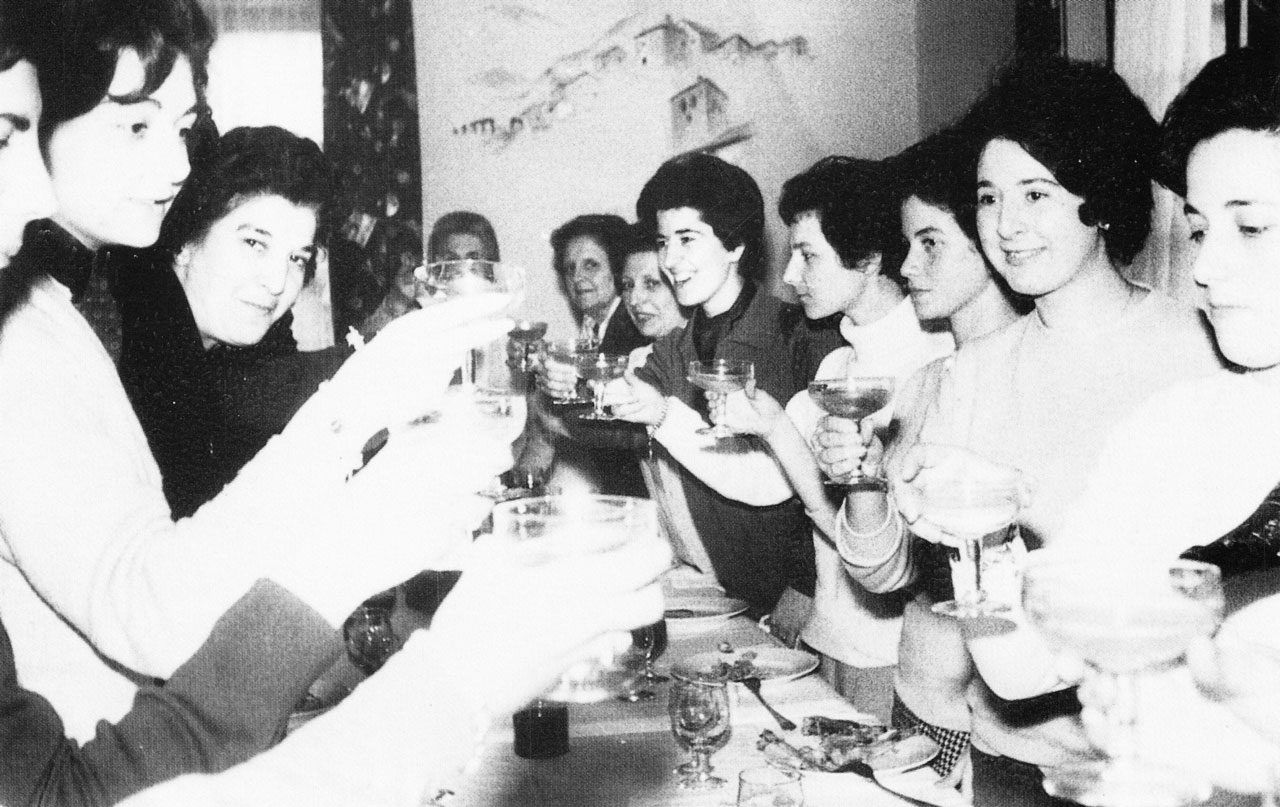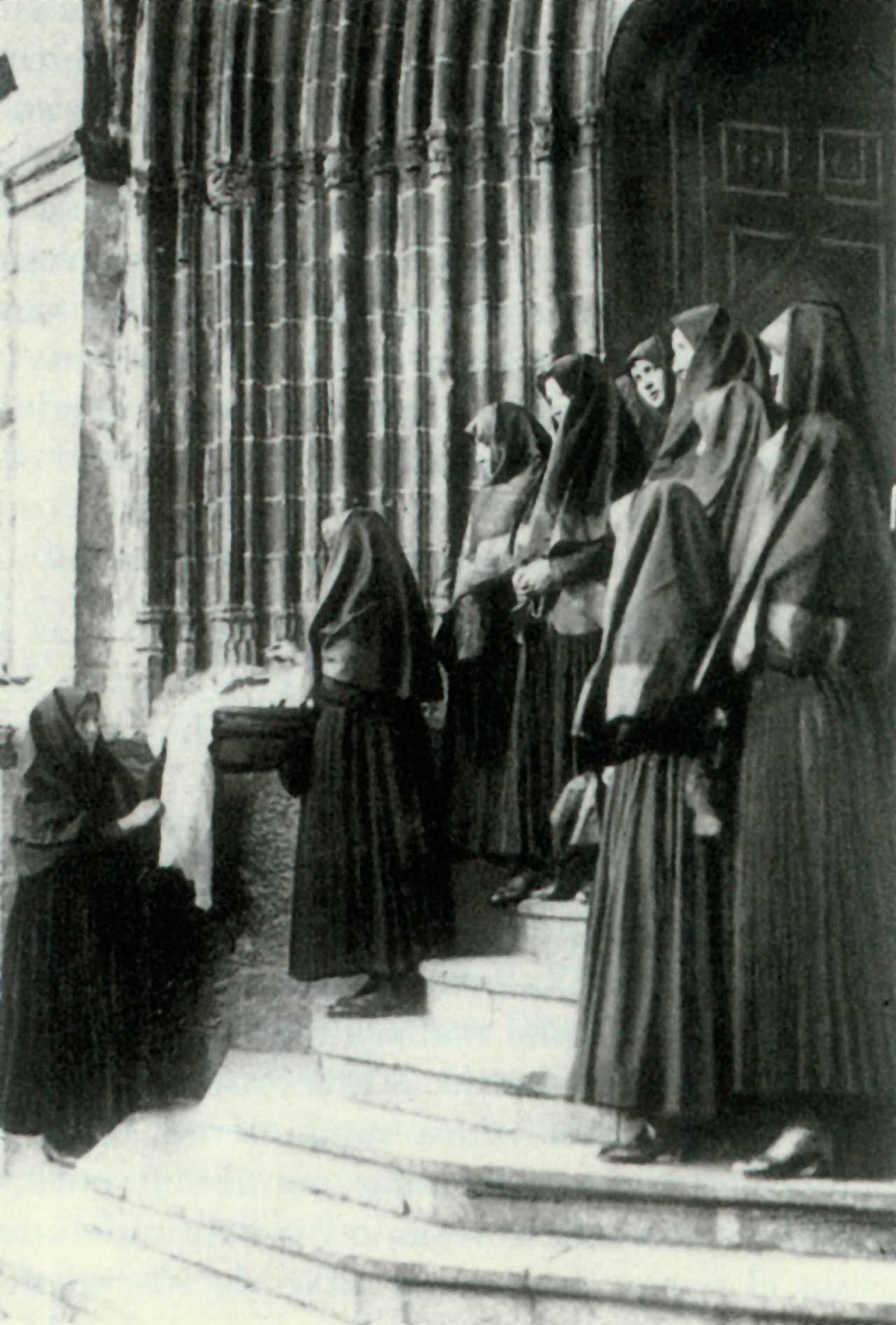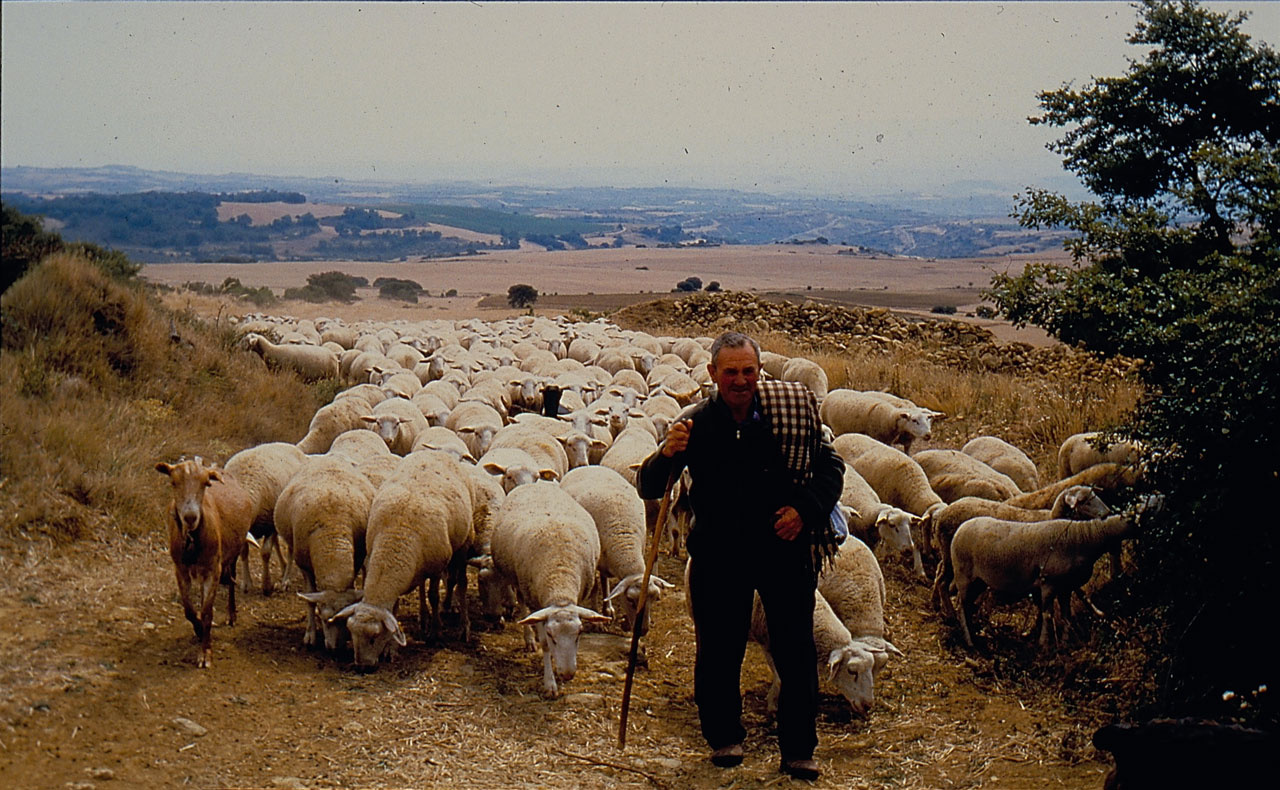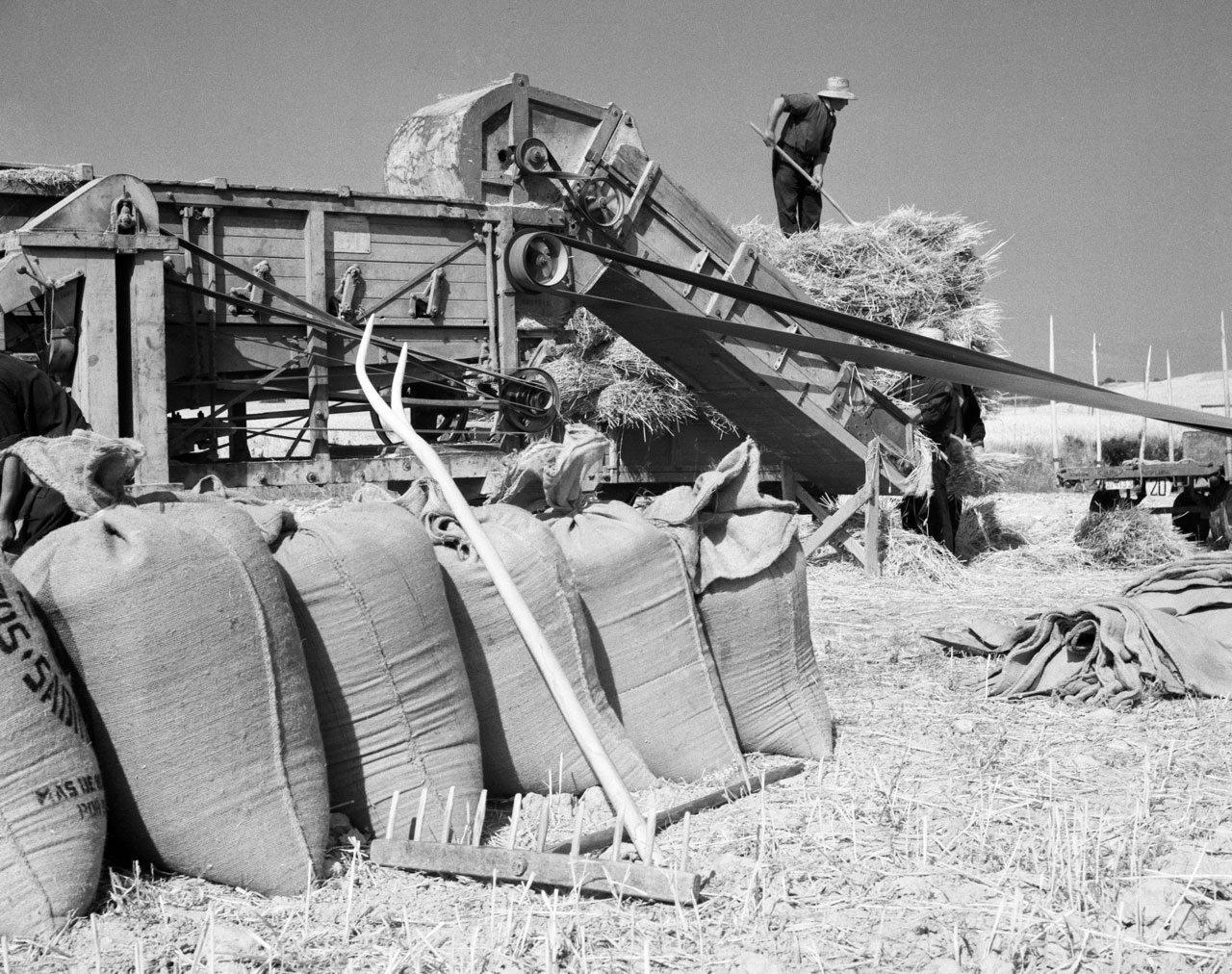Four generations of the same family. Ajangiz (B), 1977. Source: Segundo Oar-Arteta, Etniker Euskalerria Groups.
House and Family in the Basque Country


House and Family in the Basque Country
The family was the cornerstone of the farmstead, and the farmsteads along with the families provided coherence and structure to the neighbourhood and society.
Family Diet in the Basque Country


Family Diet in the Basque Country
On dagizula janak eta kalterik ez edanak. Enjoy what you eat and drink.
Children’s Games in the Basque Country


Children’s Games in the Basque Country
Before glass, and even clay, marbles were introduced, they used parts of plants, including oak acorns and seed pits.
Traditional Medicine in the Basque Country


Traditional Medicine in the Basque Country
Osasuna, munduko ondasuna. The first wealth is health.
Rites from Birth to Marriage in the Basque Country


Rites from Birth to Marriage in the Basque Country
The transfer of the chattels was a ritualised act of great importance as it marked the entry of the new spouse in the home, etxe-sartzea.
Funeral Rites in the Basque Country


Funeral Rites in the Basque Country
The members of the funeral cortege, relatives of the deceased and neighbours alike, would usually carry offerings of bread and light.
Shepherd from Lanciego (A) on the climb to Toloño, 1996. Source: José Ángel Chasco, Etniker Euskalerria Groups.
Livestock Farming and Shepherding in the Basque Country


Livestock Farming and Shepherding in the Basque Country
The Mediterranean watershed of the Basque Country was, and to a large extent is, characterized by the importance of the commons, the communal character of their exploitation by associations and brotherhoods comprising multiple municipalities still persisting today.
Agriculture in the Basque Country


Agriculture in the Basque Country
Maiatz luzea, gosea; garagarrilak ekarriko du asea. A very wet May, much straw and little grain.

